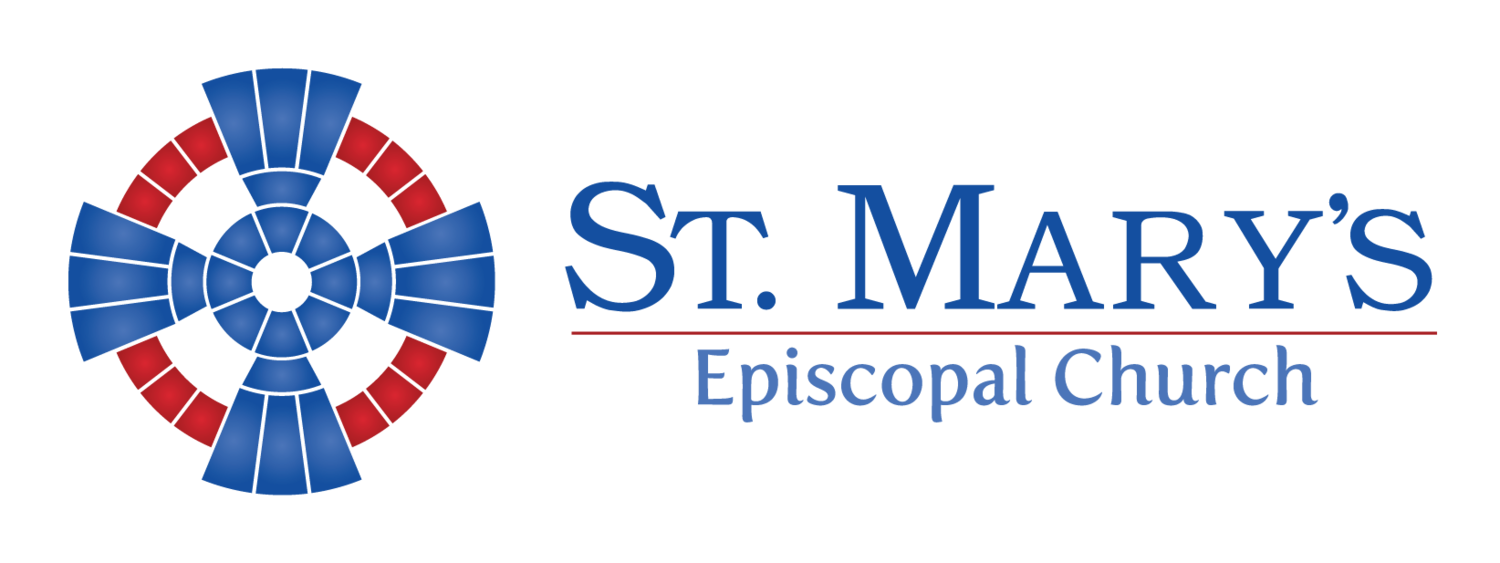Today is the First Sunday of Advent, the first Sunday of a new season. Not only that, it is the first Sunday in the Church Year. So Happy New Year. I hope you had a big party last night, opened the bubbly, and watched the ball drop.
Advent is the start of our journey through the Church Year. It is a journey with Christ. A journey starting with his birth in the manger in Bethlehem, on to his baptism, on to his teaching and healing. We go with him to the mountain of transfiguration when he turned his face to Jerusalem. We come down with him and go with him to Jerusalem, through Good Friday and his death, on to Easter and his resurrection, and to his Ascension. In that practice of the Church Year, going through week by week and remembering his story, we are learning about his life more deeply. We, who are the Body of Christ, take time, half a year, going through Christ’s life so we can understand more deeply what it means to be his Body, to align our own bodies with his body.
We start that journey now on this First Sunday in Advent. The word advent means arrival, but not just any arrival. We don’t talk about the advent of the relatives at Thanksgiving. The word advent is for the kind of arrival that is big and transformative, like how historians talk about the advent of television that changed the world. Advent is that big sort of arrival. The arrival that we are preparing for during Advent is an even bigger one than that, and that is the advent, the arrival of Christ into this world, the Incarnation of God that changed everything.
During the season of Advent we are preparing for that arrival, but there is not just one Advent. There are three Advents going on, all at the same time. The first is what we might call the Historical Advent, the coming of Christ into the manger at Bethlehem. That’s the one most of our attention is focused on as we get ready for Christmas and all the wonderful ways we prepare by decorating our homes and our church with all the greens and decorations and the tree. We get all the gifts and cook all that wonderful food. All of these preparations are to celebrate Christ’s birth in Bethlehem. That is the first Advent, the Advent of History.
The second Advent we might call the Advent of the Future. That is when Christ will come again in great glory. Sometimes we call this the Second Coming, although you might get the idea from later in this sermon that the phrase Second Coming probably isn’t quite right for us to use. But it is a coming that is in the future. Your big theological term for the day is eschatological. The eschatological coming is the one way out there. This is the stuff of apocalypse and end times, but not the Rapture. Rapture is a popular word, but it is an idea that is less than two hundred years old, understood by a small minority of Christians who have very loud voices. People think the Rapture is a part of historic Christianity, but it is not. The fear created around Rapture theology is not what we are talking about when we talk about the eschatological second coming of Christ. Rather than calling it the Advent of the Future, I would like to call it the Advent of Hope. Because that is what we are looking towards, the moment when Christ will come back to restore, to make new, to bring justice where there has been injustice, to bring healing where there has been brokenness. That is what we are preparing for in Advent so that we can, in the words of the Eucharistic prayer, prepare for Christ to come without shame or fear. The eschatological Advent is not an advent of fear, it is not to scare us, it is meant to bring us hope. So we have the Advent of History, which brings us so much joy, and the Advent of the Future of hope.
The third Advent is the Advent of the Present, the Advent of Now, the arrival of Christ into our lives today. We are preparing ourselves, our hearts, our minds, and our souls, to recognize when Christ shows himself to us now. Keep awake, the Gospel said, not just for the eschatological Advent, but keep awake because right now Christ is coming into your life. We need to work to recognize him.
These three advents are not unrelated to each other. For instance, in a lot of the eschatological literature, the apocalyptic literature, it talks about Christ being a stranger. The reality is that we find Christ in the stranger today. In every person we welcome, Christ is present in them. The three Advents are all talking to each other. We celebrate and learn and find joy in the history, and we look forward in hope to the future because it is teaching us how to recognize Christ right now in the vulnerable, recognize Christ in justice and healing work, and recognize Christ in the person sitting next to you in the pew today. We are learning how to recognize Christ in all things.
So, my friends, this Advent season, decorate your homes, get the gifts ready, bake those cookies as important preparations for Christmas. But also prepare your hearts and minds and souls for the Advent of hope for the future, and recognize Christ’s presence with you right now, in this very moment, today.
AMEN.







